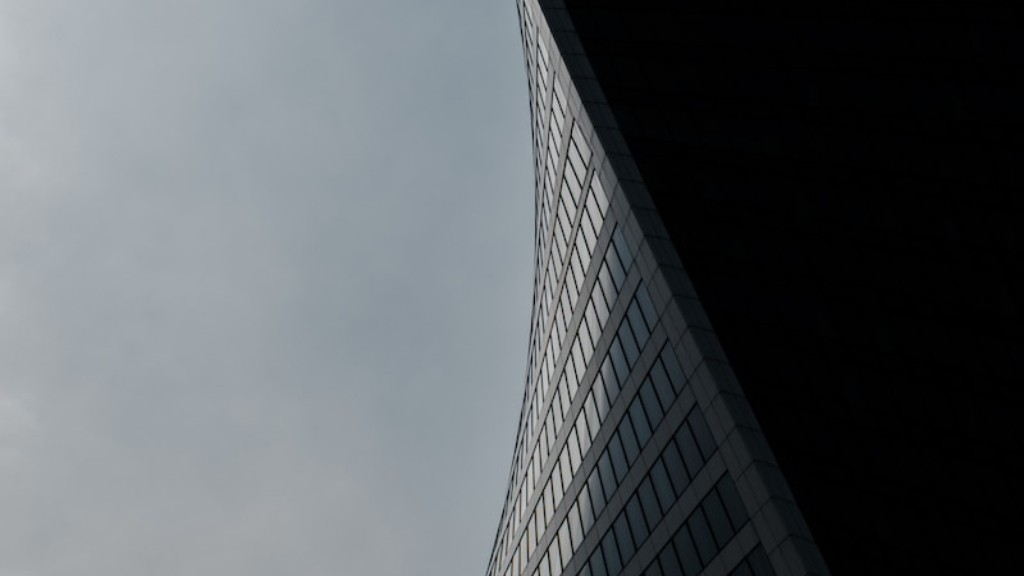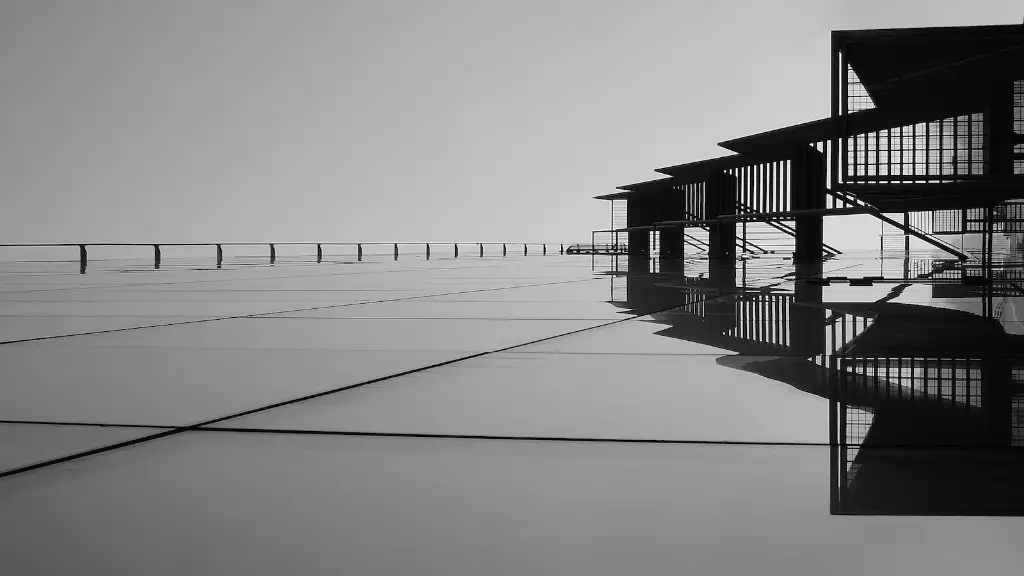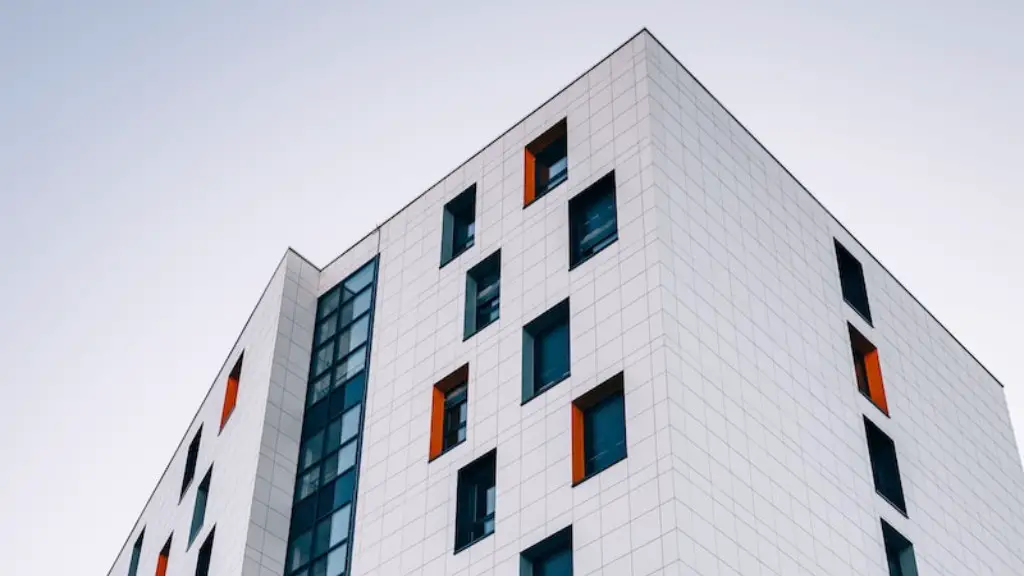Understanding Design Concepts
Design concepts in architecture refer to ideas or principles that guide the design process. Even though design concepts remain largely subjective, having a definite set of objectives and goals as a starting point is crucial for making decisions about the design process. The design concept for any given project should be oriented towards the selected design brief and should focus on the users’ experience.
Having a clear idea of what you are trying to achieve before you start designing is key. To understand how to write a design concept in architecture, it is important to have an understanding of the fundamental concepts that influence the design process. The concept of ‘form’, ‘space’, ‘light’, ‘materials’, ‘function’, ‘aesthetics’, and ‘context’ should all be taken into account when creating a design concept.
The form of a building is the physical shape it takes, from the shape of the walls, undulations, and curves, to its structural frame and various other features, such as doors and windows. A building’s form affects the way it is experienced and understood. Space is the concept of how the different sections and elements of the building are combined and organized, and the use of interior and exterior spaces. It is the ways that form and function come together, the play between these elements, that gives a building its personality.
Light has an impact on the physical and mental wellbeing of a user in a space. How light falls into a building, which type of light is used, and how much or what areas of the building are lit should all be taken into consideration. The use of materials and finishes is another important concept. Apart from giving a building protection from the external environment, the selection of materials and finishes is crucial for creating a certain atmosphere in the building. The function of a building connotes the activities for which it is made and used. The aesthetics of the building refer to how appealing it is to the user, how well it contextually fits into the environment. Finally, context is how a building relates to its surroundings and how it impacts the environment.
Creating A Design Concept
When creating a design concept for an architecture project, look for the complexities and the opportunities within the design. Take the brief and look for connections and relationships that can create a dialogue between the components of the project. It is important to have a variety of solutions at your disposal so that you can choose the best solution for the specific situation. Developing a wide range of potential solutions to the problem is essential, as this will create a space for creativity and exploration of ideas.
Begin by sketching and visualizing ideas. Once you have drawn out a few concepts, narrow down your ideas to the one that best fits the design brief. Make sure you have taken into account the different design concepts that were discussed above. Consider elements such as form, space, light, materials and finishes, function, aesthetics, and context. Throughout this process, remember to prioritize the user and his/her needs and how the space will be used.
Once the design concept is established, refine it. Sketch and refine the design concept further and refer to best practice principles. It is important to take into account important factors such as sustainability, cost, and energy efficiency. It may also be helpful to seek the expertise of other professionals such as building biologists, landscape architects, acoustic specialists, and lighting designers throughout this process.
Communicating The Design Concept
It is important to maintain an effective communication between designers, clients, and stakeholders. Communicating the design concept is essential to ensure the success of the project. This can be achieved through different mediums such as sketches, models, realistic images, and detailed drawings. Visual aids make it easier to understand the design concept and can be used to articulate complex ideas.
In extended projects, it is advisable to create a design process book. A design process book is a document which is created to maintain a record of the evolution of the project. A design process book helps the designers to work in a logical and methodical manner. It is also used to inform the team of their role in the project, keep track of their progress, and document their ideas. This can also help to keep stakeholders updated on the design process.
Importance Of Design Reviews
Design reviews are important for the success of a design project. Design reviews are typically held periodically to evaluate the progress of the project. Reviews enable the designer and all stakeholders to receive feedback from experts. This feedback gives an external perspective on the project and helps to ensure that all objectives are addressed in the design process.
Design reviews also encourage the improvement of the design. They create an opportunity for discussions, suggestions and idea exchange, enabling the designer to get a better understanding of all the objectives in the design. This means that the designer can refine their ideas and produce a design scheme that meets the client’s expectations.
Designer’s Responsibilities
The designer has a range of important responsibilities in the design process. Firstly, they should have a good understanding of the project brief, the client’s needs, and the desired outcomes of the project. It is essential to understand the requirements of the stakeholders, including the budget, timelines, energy efficiency and the environment.
The designer should also be familiar with regulations and standards for the design process, especially when it comes to safety and sustainability. In some cases, the designer may also need to be able to provide evidence that the design meets the required regulatory codes. Finally, the designer should have the ability to creatively solve problems, have excellent communication skills, and be able to successfully manage time and resources.
Design Thinking
Design thinking is a process that is employed to solve complex problems. It is a process which allows for merging disparate ideas, materials, and approaches. It involves breaking down problems into small pieces, thinking about them to gain perspective, and then exploring the different possibilities for a solution.
Design thinking starts by understanding the context of the problem and empathizing with the users, in order to consider how the task could be framed to allow for better solutions. The designer should question assumptions, look for the hidden dimensions of the problem, and identify the main requirements or characteristics of the solution. Brainstorming, creating prototypes and testing are just some of the activities used in design thinking.
Design & Technology
Advances in technology have revolutionized design processes, making design concepts much easier to conceptualize, formulate and execute. Computer-aided design (CAD) has enabled the visualization of designs, speeding up the construction process. Computer-aided manufacturing (CAM) has allowed the production of components and materials with greater efficiency. 3D printing is now used to create prototypes and durable models, both of which help in the debugging process.
In addition, new technologies such as augmented and virtual reality are beginning to be used in design processes. Augmented reality allows designers to view the design in a real-world context and can be used to make changes to designs in real-time. Virtual reality is invaluable for understanding how a space will feel like in real life, giving the designer a better sense of the nuances of a space. Both technologies will help speed up decision-making in the design process.
Design Concepts In The Future
The design process is constantly evolving. As technologies advance, designers are presented with ever-greater opportunities. This has enabled the creation of design concepts that bring both form and function to life. With the emergence of artificial intelligence (AI) and the internet of things (IoT), new possibilities are created enabling us to design and build smarter and better spaces.
The incorporation of IoT and AI opens up the possibility of creating smart buildings that are able to detect changes in their environment. Such buildings are able to optimize their performance, save energy and improve the user experience. In the near future, such designs concepts have the potential of transforming the way we design and use our environment.
The Benefits Of Design Concepts
Design concepts provide the designer with the opportunity to create a unique and memorable experience. Having a well-conceived design concept not only helps to coordinate the design process and ensure greater efficiency, but it also inspires stakeholders throughout the project. Design concepts provide the designer with a valuable tool to bring an idea to fruition, for an individual, a client, or an audience.
Having an effective design concept, understanding the design process and using the latest technology are all essential elements that help the designer to create high quality designs, meeting the requirements of both the client and the audience. As a designer, it is important to take the time to create a design concept that corresponds to the project requirements, taking into consideration all the different aspects required to bring it to life.





